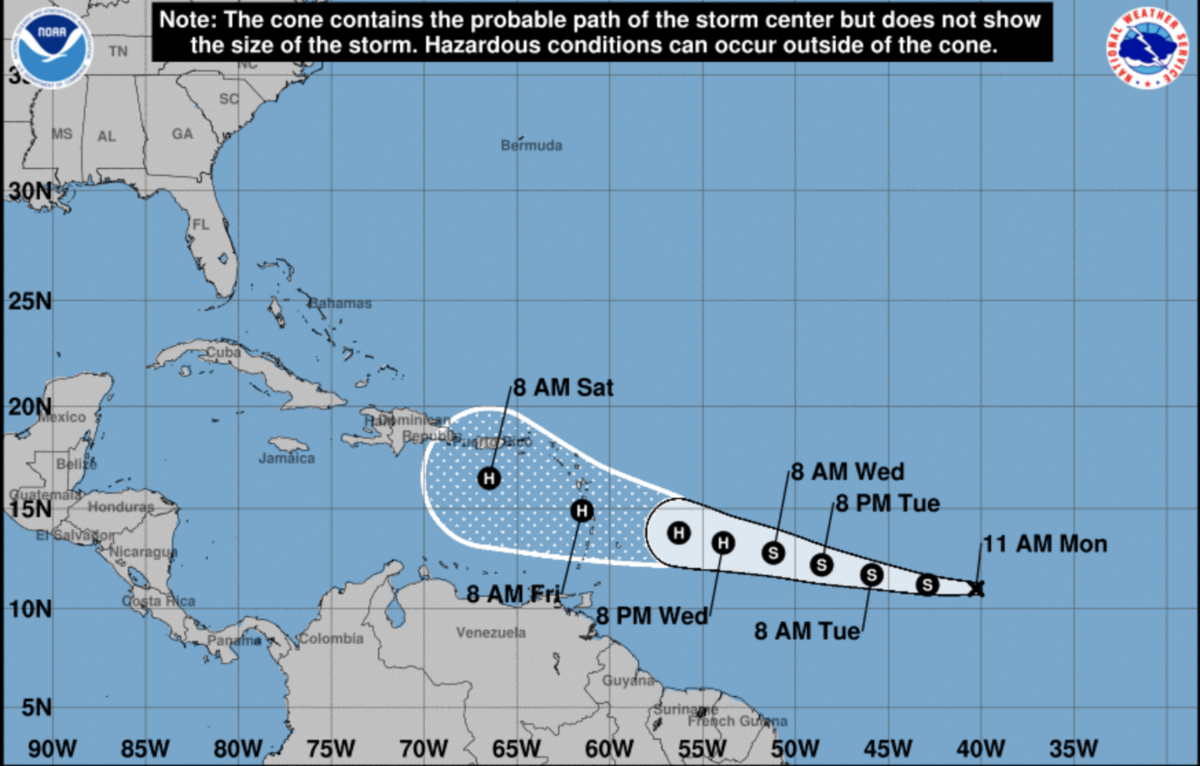Western states may have a less severe wildfire season this year due to certain factors.
Above-average Snowfall and Rain Provide Reprieve from Wildfires in the West
Above-average snowfall and rain in the West this year, combined with an infusion of federal funds for forestry and fire prevention work, has afforded the region a reprieve from intense wildfires as the season begins, and as Canada experiences what is on track to be its worst fire season on record.
Weather has played a key role. The West has experienced heavy snowfall and precipitation, including a series of nine atmospheric rivers in less than a month, according to information from the National Integrated Drought Information System.
What the U.S. is Doing
Federal efforts have gone a long way.
The federal government has spent large amounts of money reducing wildfire risk in recent years — most notably, through the passage of the 2021 Bipartisan Infrastructure Law and last year’s Inflation Reduction Act. Such efforts gained traction following the devastating 2018 Camp Fire, which killed dozens of people and destroyed the city of Paradise, California, and the 2020 fire season, which caused the destruction of more than 4% of California’s 100 million acres of land.
Combined, the two federal laws have directed about $5 billion toward wildfire preparedness and recovery efforts.
The funds go towards everything from increasing firefighter pay by as much as $20,000 per year and having ground crews begin their work earlier in the season to conducting forest management strategies, such as thinning forests, removing dead wood and underbrush, or ordering small, prescribed burns when appropriate.
As of 2021, dead trees made up 60% of California’s forests, making these thinning efforts vital.
The U.S. Forest Service has outlined plans to increase its forest treatment rates, including this year, when it plans to burn or thin nearly 4 million acres of federal land. In 2022, it joined with other federal agencies in announcing a 10-year wildfire crisis response strategy in high-risk areas.
State funds have also gone a long way. California Gov. Gavin Newsom (D-CA) in 2021 approved an additional $2 billion in funding for wildfire preparedness and response efforts. It also hired more than 1,400 additional firefighters to help contain the fires.
While wildfires are inevitable, conservationists and government officials agree that these efforts can go a long way in keeping wildfires from mushrooming in size.
What’s Causing the Fires in Canada?
Data from the Canada Drought Monitor shows the 10 provinces experiencing the worst wildfires to date are all experiencing abnormal dryness, or “moderate to severe drought” conditions.
Lightning storms have also been more frequent. They are blamed for causing at least half of Canada’s wildfires, including the massive fires in Quebec.
Canada’s forests are also highly susceptible to burning. As much as 66% of Canada’s forest cover consists of softwood trees — or coniferous species such as spruce, pine, and fir — that have needles rather than leaves. Dried needles also ignite more quickly than leaves, another factor causing the fires to spread more rapidly.
While the start of Canada’s wildfire season officially begins in May, most larger wildfire activity begins in July — when the region gets warmer and drier.
“Over the last 20 years, we have never seen such a large area burned so early in the season,” Yan Boulanger, a researcher with Natural Resources Canada, told Reuters. “Partially because of climate change, we’re seeing trends toward increasing burned area throughout Canada.”
Canada has been criticized in previous years for failing to invest in thinning or underbrush-clearing. But others called on the U.S. to step up its efforts to help Canada fight the fires — currently burning at roughly 15 times the 10-year average.
To that end, the U.S. has deployed more than 600 firefighters to Canada to fight the blaze. Other countries, including France, Australia, New Zealand, and South Africa, have also sent teams to Canada to help contain the fires.
“The images that we have seen so far this season are some of the most severe [that] we have ever witnessed in Canada,” Emergency Preparedness Minister Bill Blair told reporters at a press briefing earlier this month.
And he warned that conditions could get worse as the summer continues. “The current forecast for the next few months indicates the potential for continued higher-than-normal fire activity,” he said.
" Conservative News Daily does not always share or support the views and opinions expressed here; they are just those of the writer."





